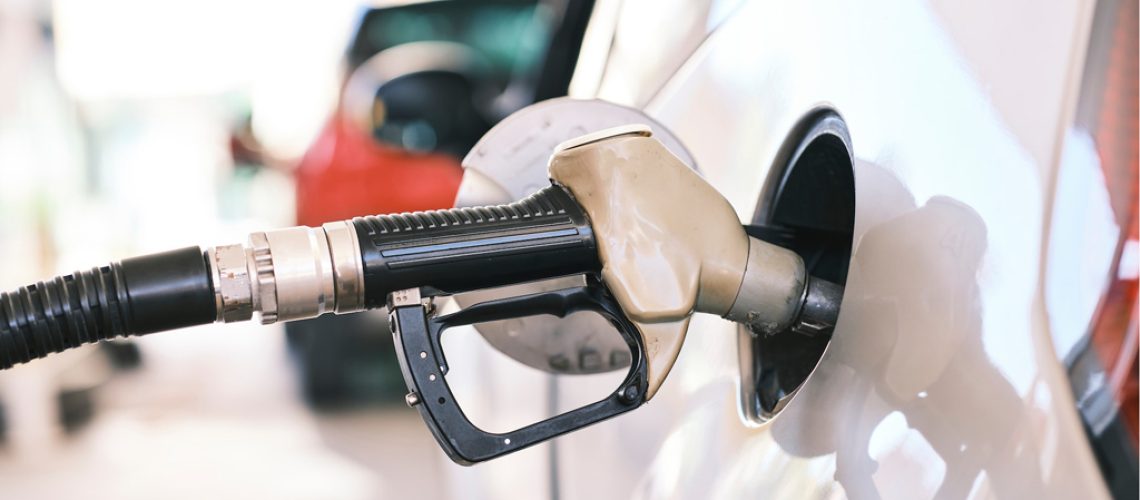Most motorists drive in and out of their local filling station without giving any thought to what happens in the minutes between – but the reality is that a vehicle can incur serious damage if processes aren’t followed correctly. That’s why it’s always important to pay careful attention to what the attendant is doing, and how. Here are some of the key issues to watch out for:
- Safety: Before you visit the filling station, make sure that all valuables have been removed from the car. It’s also wise to ensure the car is properly locked if you choose to get out to check on the attendant so that you don’t become a victim of car jamming.
- Using the incorrect fuel: Although a petrol-powered car won’t start if the tank is filled with diesel, a diesel engine can be significantly damaged if the attendant mistakenly uses petrol. If such an error has been made, don’t try to start the car – don’t even put the key in the ignition. The car should be left in neutral while you seek help: you’ll need to have the car drained, flushed and refuelled at a MIWA accredited workshop, as failure to do so will inevitably lead to the car grinding to a halt. If this does, indeed, transpire, it should be treated as a breakdown.
- Checking oil if the car is not stationary. While most newer cars have an oil level sensor which makes it possible to check oil levels electronically on the speedometer or onboard computer, it’s important for drivers of older models with a dipstick to wait until the car has been still for at least 10 minutes before checking. If a top-up is required, be sure to check the specifications listed in the owner’s manual so that you use the correct oil grade – unless there is no oil at all, in which case it is best to use whatever oil is available.
- Overinflating tyres. Check the recommended tyre pressure listed on a sticker on the inside of the driver’s door or inside the owner’s manual. Overinflated tyres become inflexible, which puts them at risk of damage from potholes, curbs and debris.
Post Views: 200


